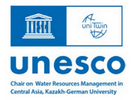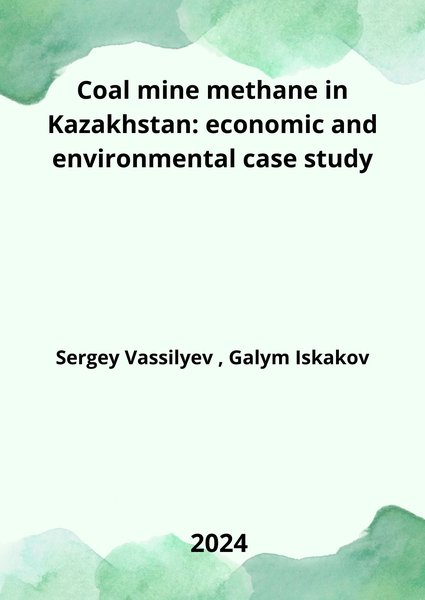




Year: 2024
Collections: Scientific Publications
Topics: Climate, Energy
Authors: Sergey Vassilyev, Galym Iskakov
Countries: Kazakhstan
Source: Central Asian Journal of Sustainability and Climate Research
The study aimed to evaluate the economic and financial viability of a coal mine methane (CMM) utilization project in Central Kazakhstan, demonstrating a methodology for similar initiatives. The analysis was based on the 2013 project proposed by the US Environmen-tal Protection Agency (EPA) that intended to capture methane emissions from six coal mines for electricity generation, yet was never implemented. The study’s relevance stems from Kazakhstan's 2030 methane pledge, recent progress in the country's climate change-related policy, mineworker mortality in 2023, and the shift of mines ownership. Building upon the technical specifications of the 2013 US EPA project, this research em-ployed standard financial and economic cost-benefit analysis (CBA). The financial model utilized a traditional discounted free cash flow approach, while the economic model in-corporated additional factors like the value of statistical life (VSL), shadow pricing, as well as benefits associated with mitigating ozone health impacts, crop damage, mine ex-plosion risks, and CO2 emissions. The economic model has indicated a positive net pre-sent value of $243 mln and 42% internal rate of return. The financial analysis also sug-gests potential profitability under fair electricity and carbon pricing market conditions. To assess project robustness under varying economic and financial assumptions, the study included a sensitivity analysis. The research has likewise leveraged prior CMM-related studies in Kazakhstan and provides valuable guidance for analyzing similar projects. In addition, it also highlights the need for certain adjustments in the current legislation to incentivize such projects, as well as to promote environmental sustainability and social development by mitigating methane emissions, which aligns with Kazakhstan's climate goals.
Downloads:
The study aimed to evaluate the economic and financial viability of a coal mine methane (CMM) utilization project in Central Kazakhstan, demonstrating a methodology for similar initiatives. The analysis was based on the 2013 project proposed by the US Environmen-tal Protection Agency (EPA) that intended to capture methane emissions from six coal mines for electricity generation, yet was never implemented. The study’s relevance stems from Kazakhstan's 2030 methane pledge, recent progress in the country's climate change-related policy, mineworker mortality in 2023, and the shift of mines ownership. Building upon the technical specifications of the 2013 US EPA project, this research em-ployed standard financial and economic cost-benefit analysis (CBA). The financial model utilized a traditional discounted free cash flow approach, while the economic model in-corporated additional factors like the value of statistical life (VSL), shadow pricing, as well as benefits associated with mitigating ozone health impacts, crop damage, mine ex-plosion risks, and CO2 emissions. The economic model has indicated a positive net pre-sent value of $243 mln and 42% internal rate of return. The financial analysis also sug-gests potential profitability under fair electricity and carbon pricing market conditions. To assess project robustness under varying economic and financial assumptions, the study included a sensitivity analysis. The research has likewise leveraged prior CMM-related studies in Kazakhstan and provides valuable guidance for analyzing similar projects. In addition, it also highlights the need for certain adjustments in the current legislation to incentivize such projects, as well as to promote environmental sustainability and social development by mitigating methane emissions, which aligns with Kazakhstan's climate goals.
По всем вопросам сотрудничества обращайтесь по эл.адресу или телефону: